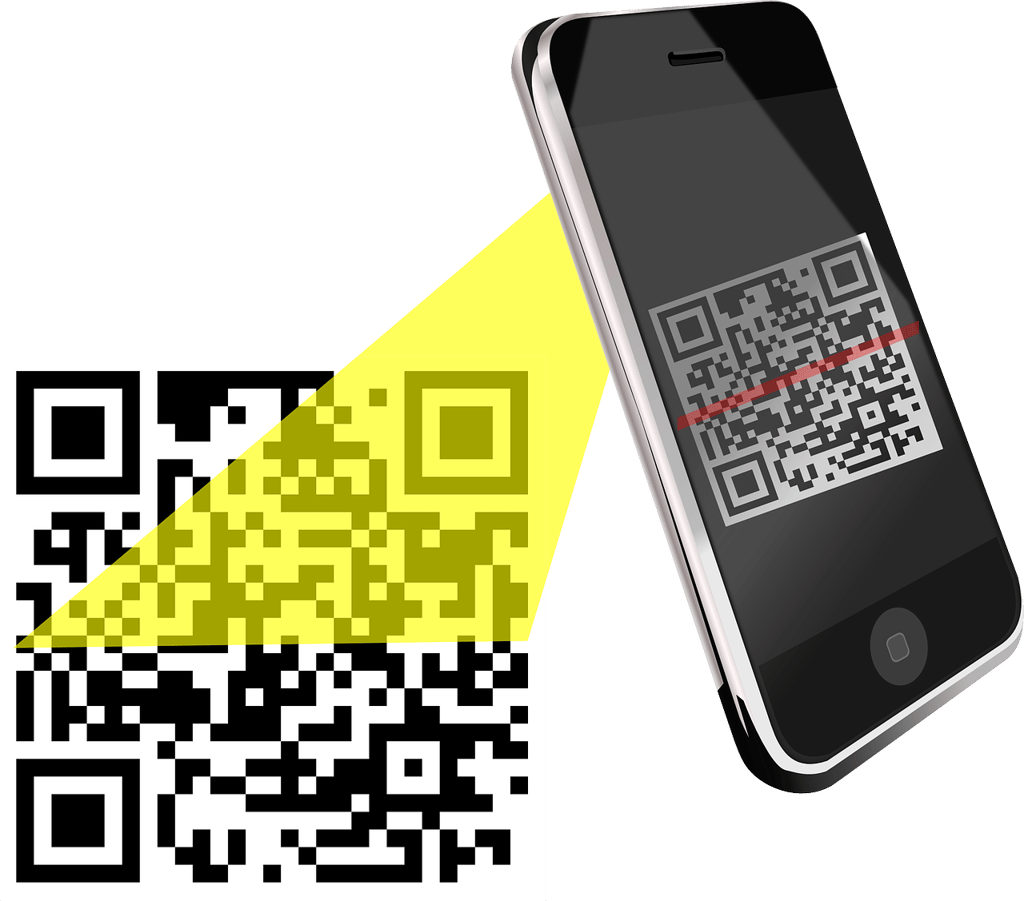The Impact of E-labelling on Global Regulatory Compliance in the Pharmaceutical Industry
REGULATORYPHARMACEUTICALS
3 min read


What is E-labelling?
E-labeling involves delivering product information, user instructions, safety warnings, and regulatory details through digital means such as websites, mobile apps, QR codes, and electronic displays. This approach offers an efficient alternative to traditional paper labels, providing numerous advantages regarding accessibility, sustainability, and cost-effectiveness.
Benefits of E-labelling in the Pharmaceutical Industry
Real-time Updates and Accuracy:
E-labeling allows instantaneous updates to product information, ensuring that the most current safety warnings, dosage instructions, and regulatory changes are always available. This is crucial in the pharmaceutical industry, where timely information can significantly impact patient safety.
Enhanced Information Delivery:
Digital platforms can accommodate comprehensive information that exceeds the physical constraints of traditional labels. This includes detailed patient information leaflets, extensive safety data, multimedia instructions, and more, ensuring thorough communication with healthcare providers and patients.
Global Compliance:
E-labeling simplifies the process of complying with diverse regulatory standards across different countries. Manufacturers can easily tailor and update information to meet specific regulatory requirements without the need for multiple physical label versions.
Improved Traceability and Accountability:
Digital labeling systems often include features for tracking and logging updates. This enhances traceability and accountability, making it easier for regulatory bodies to verify compliance and for manufacturers to demonstrate adherence to regulatory standards.
Challenges of E-labelling in the Pharmaceutical Industry
While the benefits of e-labeling are substantial, the pharmaceutical industry faces unique challenges in its implementation:
Digital Divide:
Ensuring that all patients, including those without access to digital technologies or the internet, can obtain necessary information remains a significant challenge. Strategies must be developed to ensure inclusivity and equitable access to information.
Regulatory Standardization:
The lack of harmonized e-labeling standards across different regulatory jurisdictions can complicate compliance efforts. International cooperation and the development of unified standards are essential to create a cohesive e-labeling framework.
Data Security and Privacy:
Protecting the integrity and confidentiality of digital information is paramount. Robust security measures must be implemented to safeguard against unauthorized access, data breaches, and ensure patient privacy.
Case Studies and Regulatory Perspectives
FDA (Food and Drug Administration):
The FDA has been exploring e-labeling for medical devices and pharmaceuticals, recognizing its potential to enhance information dissemination and regulatory compliance. Pilot programs and guidelines are being developed to integrate e-labeling into existing regulatory frameworks.
EMA (European Medicines Agency):
The EMA supports e-labeling initiatives to improve patient access to information and streamline regulatory compliance across the European Union. Collaborative efforts are underway to develop standardized e-labeling practices that meet the diverse needs of EU member states.
Global Harmonization Task Force (GHTF):
The GHTF promotes the convergence of regulatory practices for medical devices and pharmaceuticals. E-labeling is a key focus area, with efforts aimed at creating global standards to facilitate international trade and regulatory compliance.
Egyptian Drug Authority (EDA):
The EDA is proactively embracing e-labeling as a modern solution to enhance the dissemination of drug information. By implementing comprehensive guidelines, leveraging digital technologies, and aligning with international standards, the EDA aims to improve patient safety and ensure that the most current and accurate information is readily available to healthcare providers and patients. The transition to e-labeling represents a significant step forward in the modernization of pharmaceutical regulations in Egypt.
The Future of E-labelling in the Pharmaceutical Industry
As technology advances, the future of e-labeling in the pharmaceutical industry looks promising. Innovations such as blockchain for secure and transparent information tracking, augmented reality (AR) for enhanced user interaction, and the Internet of Things (IoT) for real-time data updates are poised to revolutionize e-labeling further.
Conclusion
E-labeling is transforming the pharmaceutical industry by providing a more efficient, accurate, and comprehensive means of delivering product information. While challenges remain, the potential benefits in terms of regulatory compliance, patient safety, and global harmonization are substantial. By addressing these challenges and leveraging technological advancements, e-labeling can significantly enhance the way pharmaceutical information is communicated and regulated worldwide.
At Excellence Gurus, we believe that understanding the impact of e-labeling on global regulatory compliance is essential for staying ahead in the rapidly evolving pharmaceutical industry. Stay connected with us for more insights into the latest trends and innovations shaping the future of healthcare and pharmaceuticals.
The pharmaceutical industry is one of the most heavily regulated sectors globally, with stringent requirements for product labeling to ensure patient safety and informed usage. As digital transformation continues to reshape industries, e-labeling, or electronic labeling, has emerged as a pivotal innovation. This blog explores the impact of e-labeling on global regulatory compliance within the pharmaceutical industry, highlighting its benefits, challenges, and future prospects.
